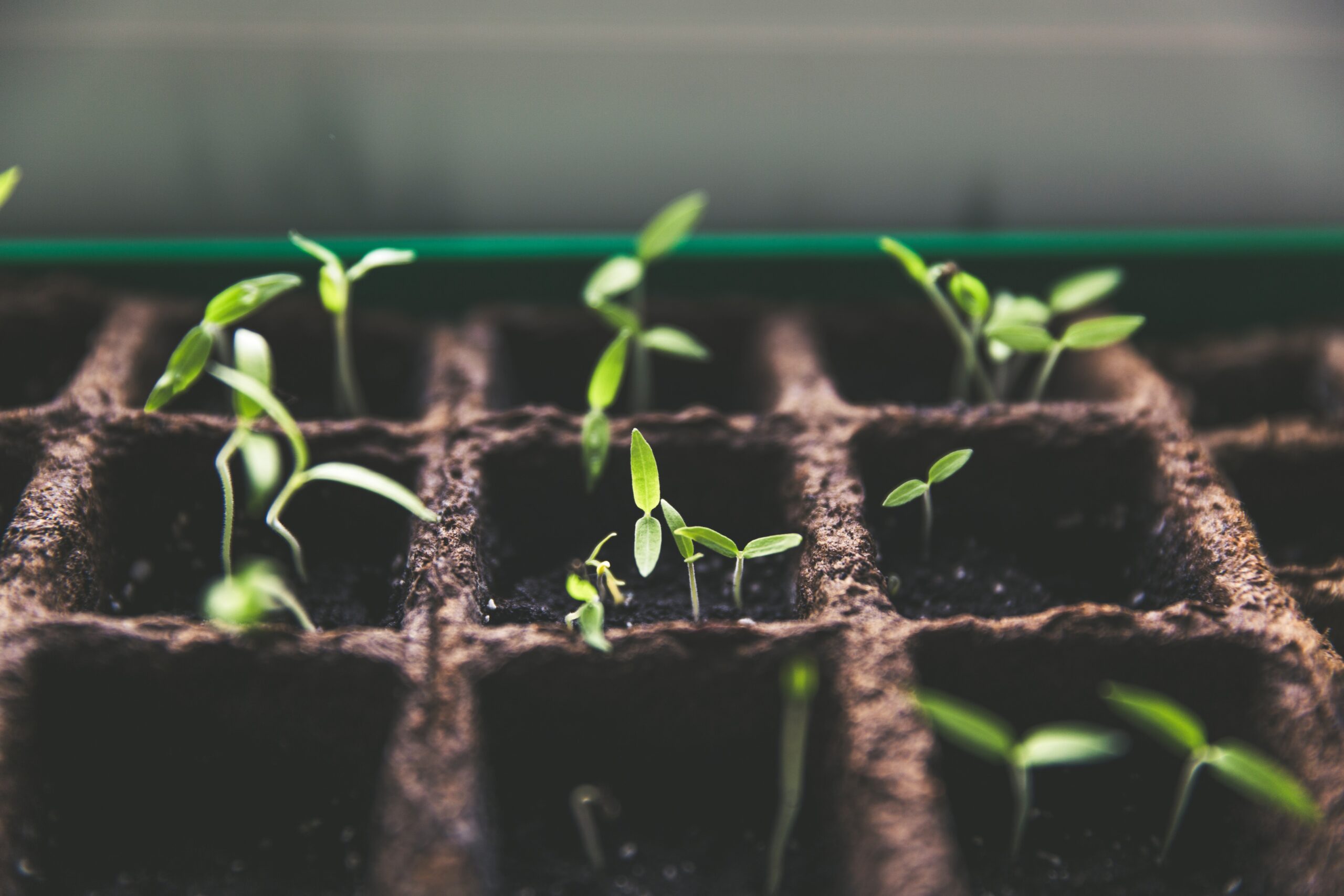
New and experienced gardeners often find themselves frustrated by seeds that don’t pop. After spending hours deliberating over your garden plan and then money on starting mix, it’s a huge disappointment when your little cell trays remain empty. But one of the primary reasons your seeds didn’t germinate is soil temperature.
If you’re new to gardening, you may think that growing plants from seeds is simple – toss them in some dirt, and boom – a few weeks later, you have a yard full of flowers. Or vegetables. And yes, while nature uses this method, more or less, nature also uses hundreds if not thousands of seeds to produce one viable plant. Survival of the fittest, and all that.
I get it. You’re excited for spring and keen to get growing. You’ve had a miserable cold winter and need some green in your life. However, jumping the gun will lead to disappointment. If you want an abundant garden, you’ll need to learn about the importance of soil temperature.
What Seeds Need to Grow
Last week, I touched lightly on the importance of proper seed storage. To keep your seed stash viable as long as possible, you need to deny them the very things they need to germinate:
- Light
- Moisture
- Heat
- Oxygen
There is a pretty wide range of optimal germination temperatures depending on where the plant evolved and the climate of its origins. Some plants prefer cooler temperatures and will germinate very early in the spring. Others prefer higher temperatures and will do wonderfully in the summer heat.
Nature abhors a vacuum and will work to ensure a steady supply of flowering plants throughout the growing season. So, some flowers have evolved to germinate at 45 or 50 degrees, while others will take over when temperatures hit 85.
For a long-lasting and beautiful garden throughout the growing season, it’s critical to understand what you can grow and at which temperature to start them.
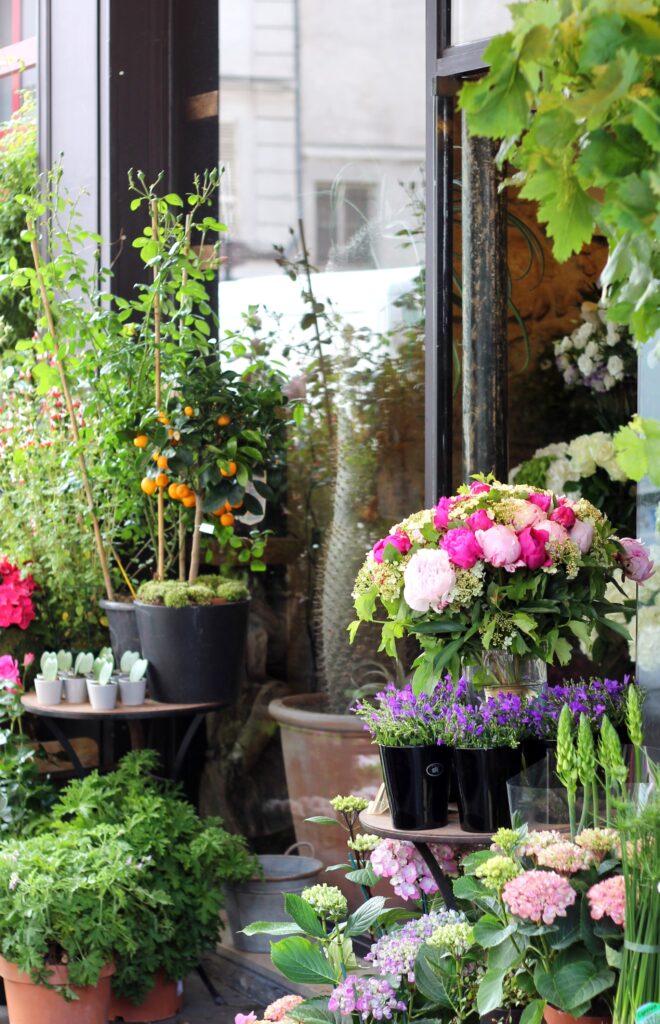
Soil Temperature vs. Ambient Temperature
One mistake I have commonly seen made by new gardeners is not understanding the difference between soil temperature and air temperature. While soil temperatures are relatively stable 10 feet below the surface, it’s much more variable at root level for your new seedlings.
Even at root level, soil temperatures are very different than the air temperature. For good germination, you need to be sure the soil temperature is right.
In cooler regions, the soil temperature may stay much cooler, even though the sun feels hot on your skin on a clear spring day. Worst of all, they may plummet in the night when the sun goes down. The soil — and your little seeds — could even freeze.
In warmer regions, however, the soil can remain much warmer than the air temperature, which isn’t always a good thing.
Last January, for example, our nearby IFAS weather station recorded lows of 26 degrees Fahrenheit, but the soil temperature barely dropped below 60. Now that it’s summer, the soil can reach up to 86 degrees F, even as the air cools towards evening into the 70s. Many flower seeds just won’t germinate above 85.
Optimal Soil Temperature Varies
The best temperature for germinating flower seeds will vary by plant species, plant origins, and even moisture levels.
Seeds too cold
Seeds in conditions that are too cold will not germinate. If those conditions are also moist, it’s likely the seed will rot before it sprouts. Heavy spring rains can also keep your garden soil from warming up, further slowing the process. And that’s if you don’t have a sudden late frost!
Seeds too hot
Seeds in conditions that are too hot may also not germinate. There’s a reason gardening experts recommend getting your compost pile above 100 degrees. That’s to kill whatever weed seeds may lie dormant in the pile. Too much heat kills.
Seeds just right
Seeds have been programmed by millions of years of evolution, along with careful cultivation by humans, to germinate when the ongoing conditions will be optimal for the plants to grow and thrive.
This is reinforced by the fact that the microbiology in the soil that will help your plants thrive also needs optimal temperatures to thrive.
Germination Temperature vs. Growing Temperature
More annoyingly, many plants prefer lower growing temperatures once they’ve germinated. So, that beautiful new packet of petunia seeds may need 75 degrees to germinate, but will perhaps grow better under cooler conditions around 60 to 65.
Other plants may be stimulated by a freakish warm spell or even the odd late freeze that cracks the shell.
Plants are weird.
This need for a particular sequential set of conditions is one of the reasons why so many gardeners turn to native plants. Rather than spending money on heaters and lights and misting systems, many gardeners prefer to take their cues from the natural conditions where they live and let nature sort it out.
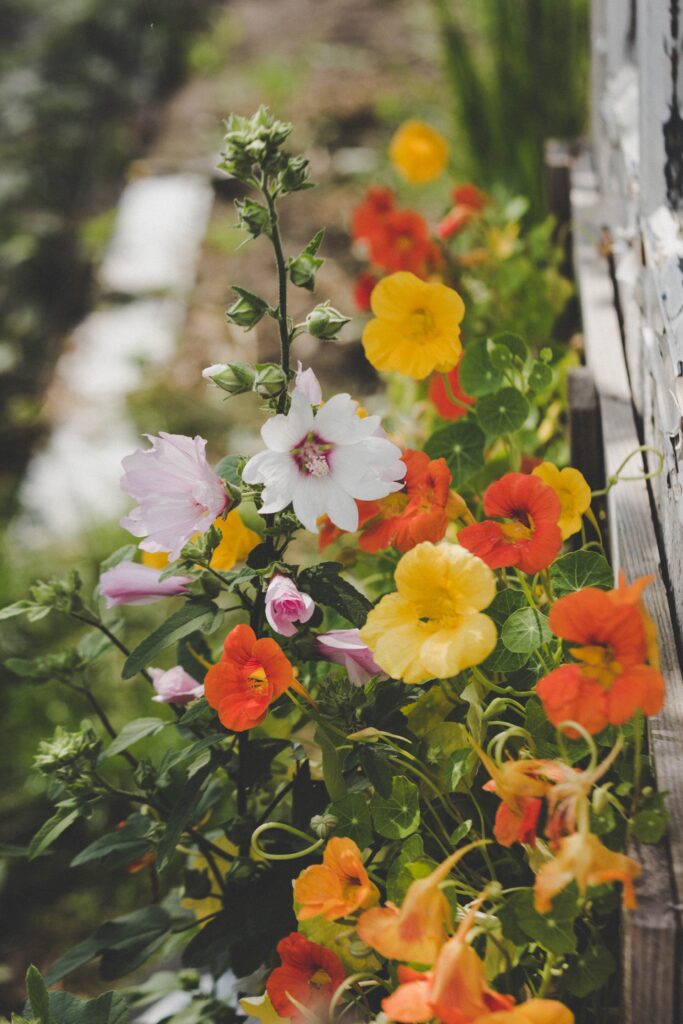
Control Freak Gardening
Over the years, I’ve evolved from the hopeful and random scattering of seeds into a complete control freak, where nearly everything I grow is started in cell trays or soil blocks.
Aside from beans and Ipomoea spp. (and sometimes even those), I’m all about controlled conditions. While I do enjoy an extended growing season in Coastal Central Florida, I also have very little room. I take Charles Dowding to heart when he suggests starting as many plants as possible in trays so you’ll always have something to plug into the garden beds. I’m a big fan of soil blockers.
With flowers, I’m a little less controlling, but then, I’ve got more experience with vegetable gardening and I’m really just starting to experiment with growing ornamentals and wildflowers from seeds. I’ve had equal success with easy flowers with direct sowing as with using starter trays.
But as I talk to more gardeners across the country, both new and experienced, I learn more about how important soil temperature is for germination. I admit it — I’m spoiled by an excellent climate. We almost always have reasonable soil temperatures where I live. If anything, it’s managing moisture we struggle with most here in Florida.
As I learn more about optimal soil temperatures for germinating flower seeds, the more I become fascinated and keen to experiment. We’re in the hottest part of the summer, with daily UV alerts and heat indexes in the 100s. I’m excited to see if I can start some more heat-sensitive flowers indoors in my “farm office” for planting out as the weather cools toward autumn.
In temperate zones, many gardeners get a start on spring by starting seeds indoors in the winter.
Here in the subtropics, we can do the same thing to get a jump on fall gardening.
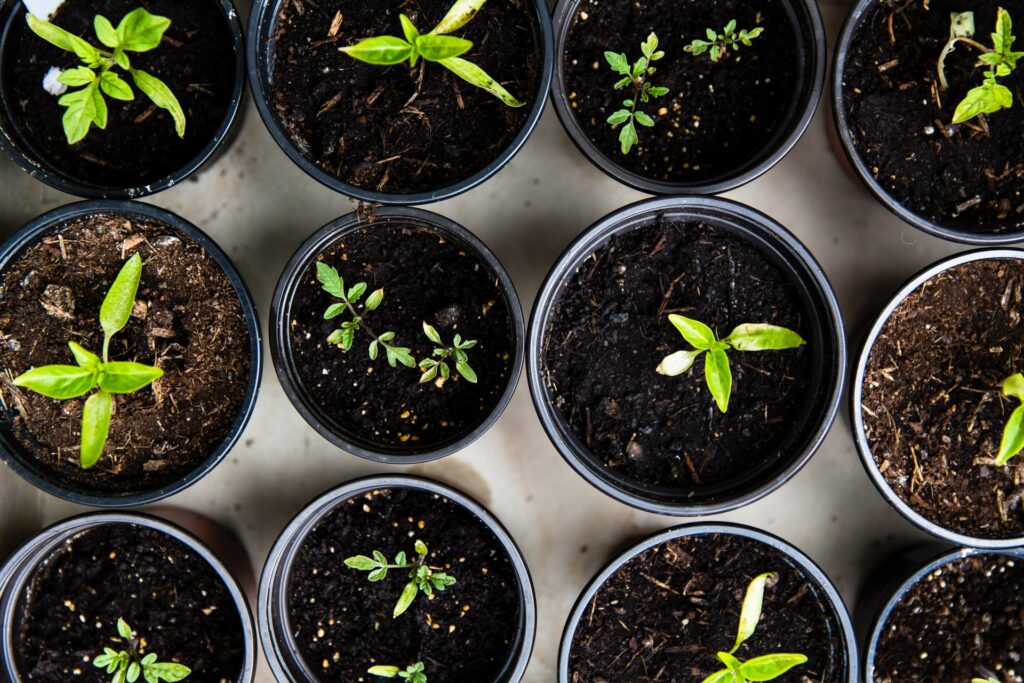
Optimal Soil Temperature for Flower Seeds
Most internet resources will tell you that anything between 68 and 75 degrees Fahrenheit is fine. But since I deal with a lot of flowers that are native to tropical and subtropical regions, I wanted to dive deeper than “just fine.”
I was also able to find some other critical information on the Iowa State University website that may prove useful — the common flower seeds that require light to germinate.
Some seeds require surface sowing, as they need exposure to sunlight to sprout. Others should be covered with soil, generally with 2 times the depth of the size of the seed.
For seeds that require light to germinate, barely cover with a sprinkling of soil. Or sprinkle lightly onto moist starting mix and press gently into the soil. Use a mister to keep seeds moist without disturbing them or displacing them.
With seeds that require darkness, remember that as soon as they sprout, they will need sunlight. Don’t leave them in the dark too long without checking them.
Flower Germination Temperature and Light Conditions
| Flower Seed | Optimal Temperature for Germination | Light Requirements for Germination |
|---|---|---|
| Alyssum | 55° to 70° | Light |
| Angelonia | 70° to 75° | Light |
| Aster | 65° to 70° | Light or Dark |
| Bachelor’s Buttons (Centaurea cyanus) | 65° to 70° | Light or Dark |
| Begonia | 70° to 75° | Light |
| Blanket Flower (Gaillardia aristate) | 70° to 75° | Light |
| Blue Sage (Salvia farinacea) | 70° to 75° | Light |
| Borage | 65° to 85° | Dark |
| California Poppy (Eschscholzia californica) | 55° | Light |
| Canna | 70° to 85° | Dark |
| Celosia | 70° to 75° | Dark |
| Cleome | 70° to 75° | Light |
| Coleus | 70° to 75° | Light |
| Columbine (Aquilegia spp.) | 65° to 75° | Light |
| Coneflower (Echinacea spp.) | 65° to 70° | Light |
| Coreopsis | 55° to 75° | Light |
| Dahlia | 70° to 80° | Light or Dark |
| Daisy (Bellis perennis) | 65° to 70° | Light |
| Delphinium | 60° to 68° | Dark |
| Dianthus | 60° to 68° | Dark |
| False Queen Anne’s Lace (Ammi majus) | 55° to 65° | Light |
| Four O’ Clocks (Mirabilis) | 65° to 75° | Dark |
| Foxgloves (Digitalis) | 60° to 65° | Light |
| French Marigold (Tagetes spp.) | 70° to 75° | Light |
| Geranium (Pelargonium) | 70° to 75° | Dark |
| Gomphrena | 70° | Light or Dark |
| Hollyhocks (Alcea rosea) | 60° to 70° | Light |
| Impatiens | 70° to 75° | Light |
| Lavender | 70° to 80° | Light |
| Liatris | 55° to 72° | Dark |
| Lisianthus | 75° | Light |
| Lobelia | 65° to 75° | Light |
| Lupine | 55° to 65° | Dark |
| Mexican Sunflower (Tithonia rotundafolia) | 70° to 75° | Light |
| Milkweed (Asclepias) | 70° to 75° | Light or Dark |
| Monarda | 60° to 70° | Light |
| Moonflower (Ipomea alba) | 85° to 95° | Dark |
| Morning Glory (Ipomea spp.) | 70° to 85° | Dark |
| Nasturtium | 65° to 70° | Dark |
| Nicotiana | 70° to 75° | Light |
| Nigella | 65° to 70° | Light |
| Pansy (Viola tricolor) | 65° to 70° | Dark |
| Petunia | 70° to 80° | Light |
| Phlox | 60° to 65° | Dark |
| Portulaca | 75° to 85° | Light |
| Red Poppy (Papaver rhoeas) | 65° to 70° | Light |
| Roselle | 75° to 85° | Dark |
| Rudbeckia | 70° to 75° | Light or Dark |
| Scarlet Sage (Salvia coccinea) | 70° to 75° | Light |
| Snapdragon (Antirrhinum) | 60° to 70° | Light |
| Statice (Limonium) | 68° to 75° | Light |
| Stocks (Matthiola incana) | 60° to 65° | Light or Dark |
| Strawflower (Xerochrysum bracteatum) | 70° to 75° | Light or Dark |
| Sunflower (Helianthus) | 70° to 85° | Dark |
| Verbena | 70° to 75° | Dark |
| Vinca (Catharanthus roseus) | 70° to 75° | Light or Dark |
| Yarrow (Achillea millefolium ) | 65° to 75° | Light |
| Zinnia | 70° to 80° | Dark |
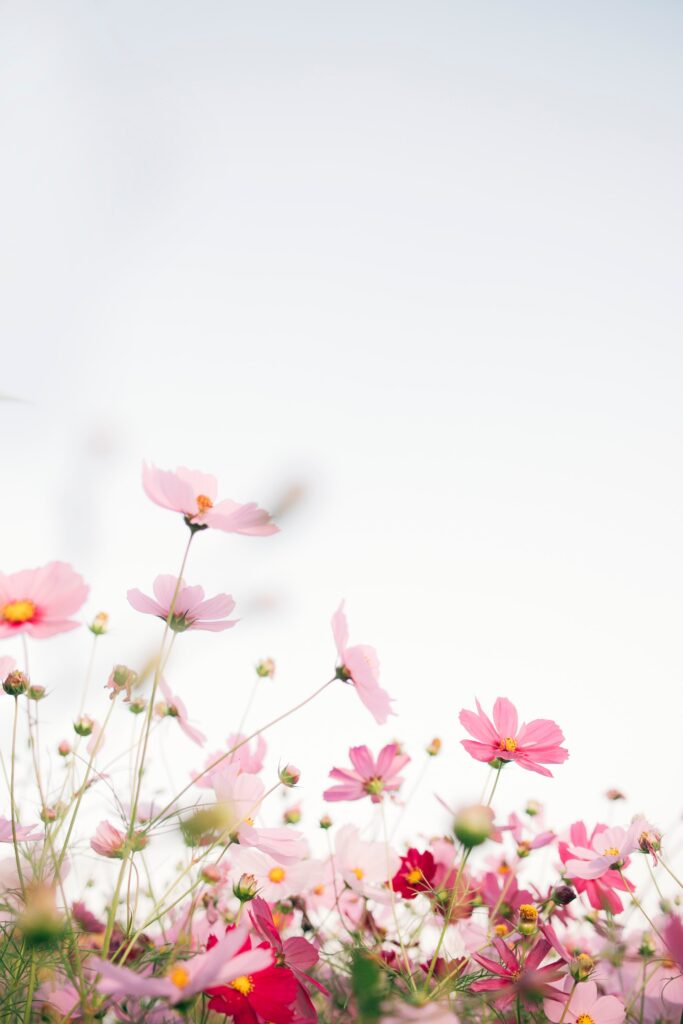
How to Make Optimal Soil Temperature Work for You
Now that you know the best soil temperatures for common garden flowers, you can use this information for better germination. Consult your local extension office to find the best source of soil temperature data for your area. I use, appropriately, the Florida Automated Weather Network, or “FAWN.”
If you’re starting early in the spring, you can use black plastic sheets several weeks before direct sowing to warm the soil.
The most popular option is to start your seeds indoors where it’s warmer. Many gardeners swear by heat mats for starting seeds and cuttings at any time of year. Heat mats will ensure a steady perfect temperature, regardless of the weather or the blasting AC in August.
If you’ve already hit high summer temperatures, you can choose to start seeds indoors or under cover where they’ll receive some shade. The summer sun on a bare garden bed can play havoc on seeds and other soil life. Growing them under cover until they’re mature enough to handle the heat is one technique to add to your gardening toolbox.
For my part, I know I’ll never try to start alyssum or nigella after April ever again.
Time to Grow
Adding flowers to your garden plan is always a good idea. They’re not just beautiful – they also add critical forage for those pollinator friends that help us with our squashes and cucumbers. Many also bring in necessary predatory insects that can help protect our work.
They add diversity to the garden with their own root exudates, enriching the soil and in some cases, purifying it as well.
Flowers bring all good things to the garden.



